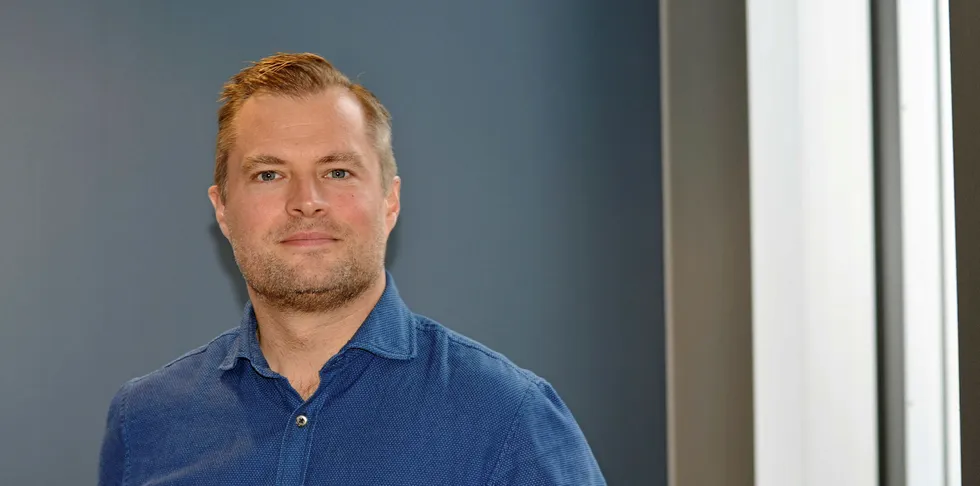'We must dare to think big, unconventional thoughts'
Early floating wind visionary Johan Sandberg, who spearheaded the iconic Win-Win project at DNV GL, is feeling increasingly 'bullish' about the once-experimental technology. As he takes up a new post at offshore oil & gas contracting giant Aker Solutions, he spoke with Darius Snieckus about Big Oil, technology breakthroughs and the 'blue economy'
